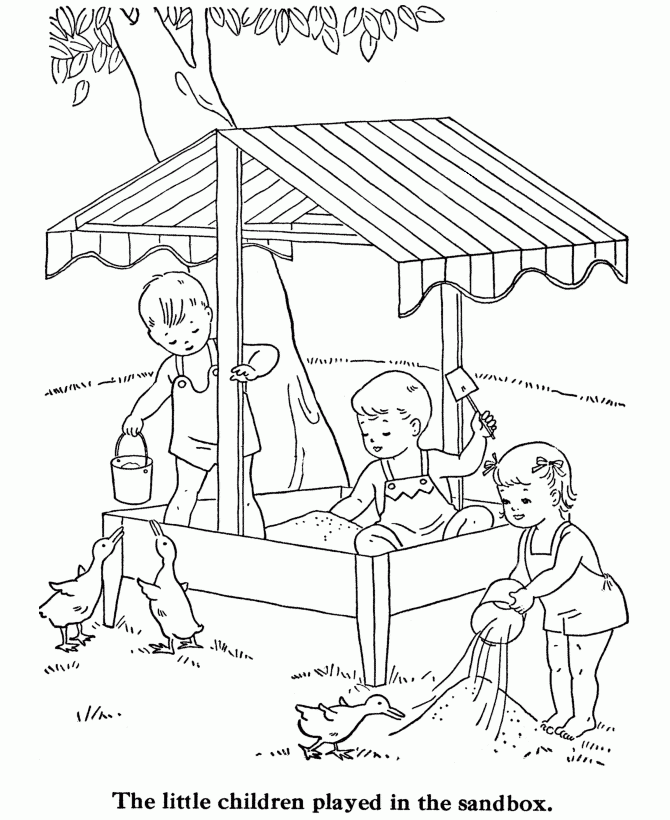Food coloring is a common ingredient used in many processed foods to enhance their appearance. While food coloring may make foods look more appealing, it is important to consider its impact on children’s health. Many parents are concerned about the potential health risks associated with food coloring, especially in children.
Children are more sensitive to artificial food coloring than adults. Some studies have linked artificial food coloring to hyperactivity, ADHD, and other behavioral issues in children. It is important for parents to be aware of the potential risks and make informed decisions about the foods they give to their children.
Effects of Food Coloring on Children
Artificial food coloring contains synthetic chemicals that can have a negative impact on children’s health. Some children may be more sensitive to these chemicals than others, leading to behavioral issues such as hyperactivity, irritability, and difficulty concentrating. It is important for parents to read food labels and avoid products with artificial food coloring whenever possible.
In addition to behavioral issues, artificial food coloring has also been linked to allergies and sensitivities in some children. Children with sensitivities to food coloring may experience symptoms such as hives, itching, and gastrointestinal issues. It is important for parents to monitor their children’s reactions to food coloring and seek medical advice if necessary.
Many parents choose to limit their children’s intake of artificial food coloring by opting for natural alternatives. Natural food coloring, such as beet juice, turmeric, and spirulina, can be used to add color to foods without the use of synthetic chemicals. These natural options are becoming more popular among parents who are concerned about the health risks associated with artificial food coloring.
Overall, it is important for parents to be mindful of the potential risks associated with food coloring and make informed decisions about the foods they give to their children. By choosing natural alternatives and reading food labels carefully, parents can help protect their children’s health and well-being.
In conclusion, the use of artificial food coloring in children’s foods is a topic of concern for many parents. It is important to be aware of the potential risks associated with food coloring and make informed decisions about the foods we give to our children. By choosing natural alternatives and monitoring our children’s reactions to food coloring, we can help promote their health and well-being.
